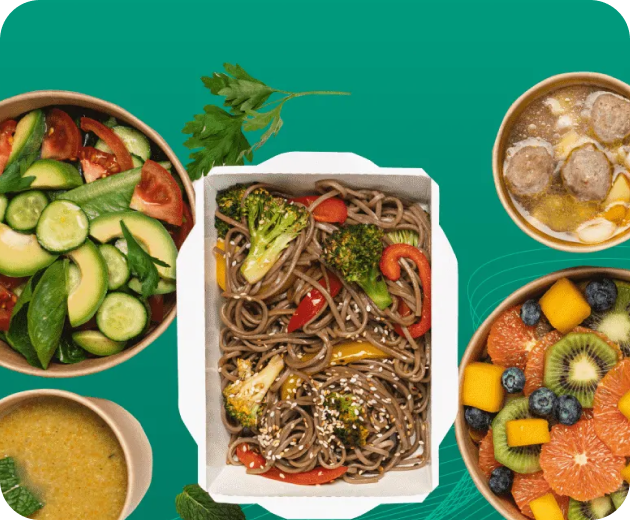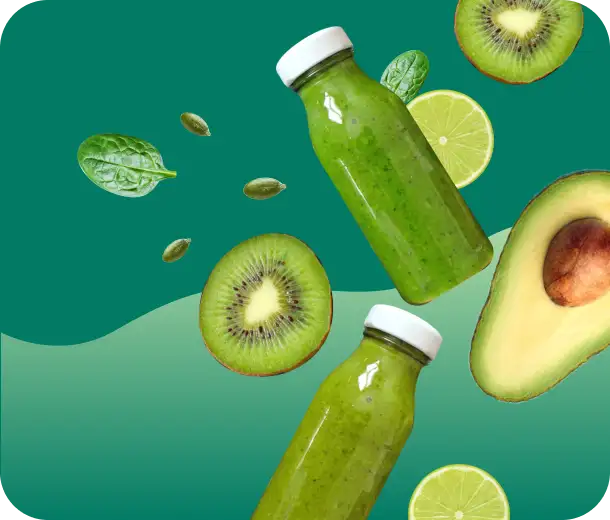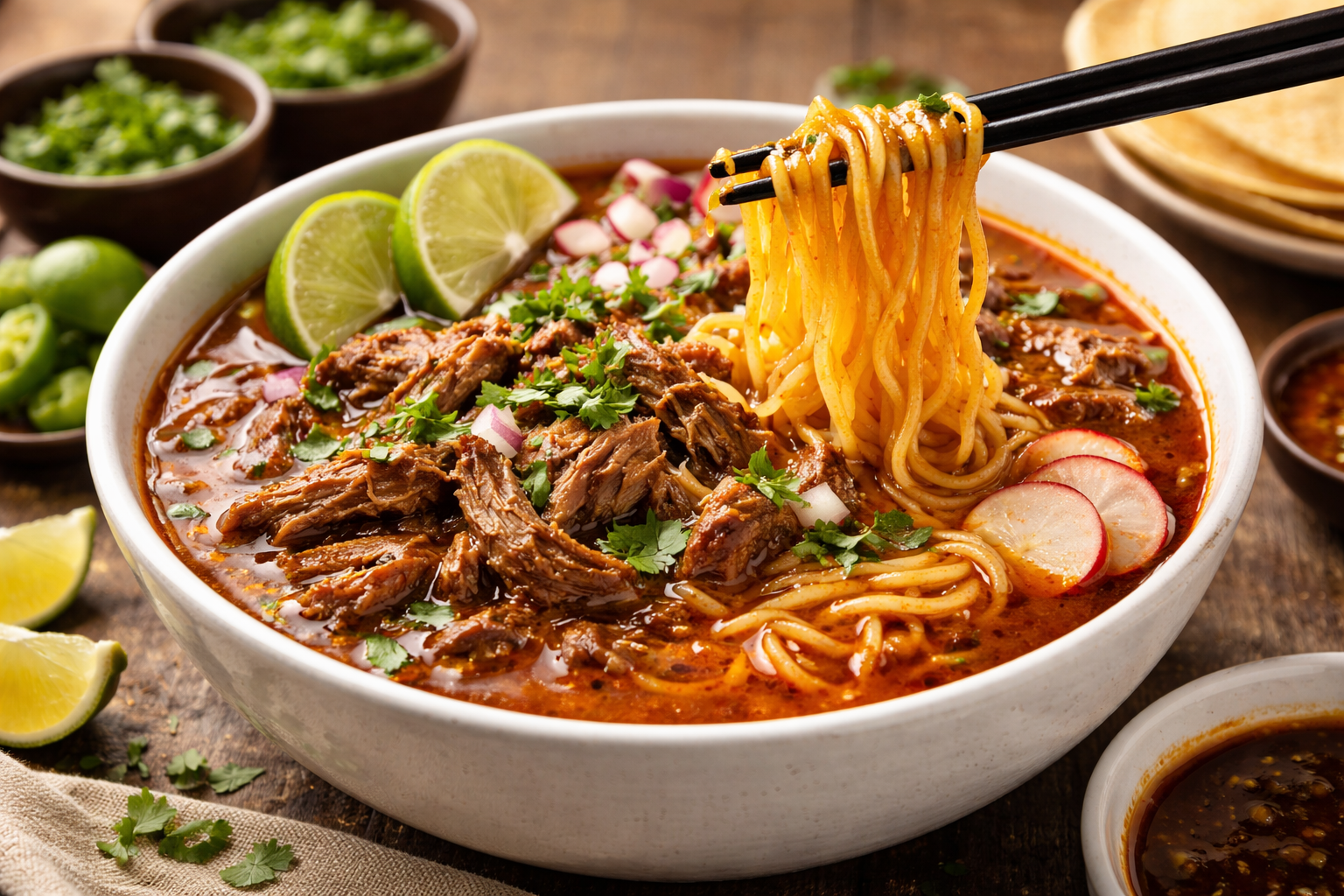Mastering Innovative Food Marketing
In a world flooded with choices, excelling in the food industry requires more than exceptional products and that is where innovative food marketing comes in. With rapidly evolving consumer preferences, competition, and technological advancements, mastering innovative food marketing is crucial for success.
In this guide, we will discuss what innovative food marketing is, why it matters, and how you can master it in the constantly changing food industry.
What is Innovative Food Marketing?
Innovative food marketing goes beyond traditional methods to captivate and engage consumers in unique ways. It leverages cutting-edge technologies and creative strategies to influence buying decisions and foster brand loyalty.
For example, using interactive augmented reality experiences or partnering with popular social media influencers to promote products can generate buzz and drive sales.
Another important factor is creating memorable experiences through experiential marketing. This involves engaging all five senses to create an immersive brand experience, whether through pop-up shops, food festivals, or sampling events.
Innovative food marketing also involves leveraging data and analytics to gain insights into consumer behavior and preferences. This enables companies to develop targeted campaigns and personalized messaging that resonates with their target audience.
Why is Innovative Food Marketing Important?
Recent studies indicate that global spending on food marketing strategies is soaring, reflecting a significant shift towards more personalized and experiential approaches.
Food and beverage companies and restaurants in the United States alone spend nearly $14 billion annually on food advertisements.
This immense expenditure underscores the mounting pressure to innovate and differentiate in an increasingly competitive market.
As consumer preferences evolve towards healthier, sustainable, and personalized options, brands must adapt or risk being left behind.
Innovative food marketing is crucial for several reasons:
Standing out in the crowded market
With countless options available, consumers often face decision paralysis when it comes to food choices.
Innovative marketing strategies help brands stand out from the competition and capture their target audience’s attention.
Connecting with consumers
In today’s technologically advanced world, traditional marketing tactics are no longer as effective as they once were.
Brands must leverage innovative methods such as social media, influencer partnerships, and experiential events to connect with consumers on a deeper level.
Creating brand loyalty
By constantly innovating and offering unique experiences, brands can foster a sense of loyalty among their customers.
This can lead to repeat business and positive word-of-mouth recommendations, which are invaluable in the food industry.
Staying relevant with changing consumer preferences
As mentioned earlier, consumer preferences are rapidly changing, and brands must adapt to stay relevant. Innovative food marketing allows companies to showcase their ability to cater to evolving demands and maintain a competitive edge.
Building brand image and perception
Consumers today not only care about what they eat but also where it comes from and how it impacts the environment.
Innovative food marketing can help brands shape a positive image by highlighting sustainable practices, ethical sourcing, and community involvement initiatives.
Maximizing profit potential
At the end of the day, food marketing is essential for driving sales and increasing revenue. Innovative strategies can help brands reach new markets, expand their customer base, and increase their bottom line.
Top 4 Examples of Innovative Food Marketing
Experiential marketing
Experiential marketing is a strategy that engages consumers directly through experiences that involve them in memorable and meaningful ways.
Unlike traditional advertising which focuses on conveying messages through media channels, experiential marketing aims to create real-life interactions that connect consumers with brands on a personal level.
One notable example of experiential marketing in the food industry is the use of pop-up shops and interactive events.
These experiences immerse consumers in the brand story, allowing them to taste products, meet chefs, and participate in cooking demonstrations.
Additionally, virtual reality (VR) has been increasingly integrated into experiential marketing strategies, transforming how consumers engage with food brands.
Imagine a food company specializing in gourmet chocolates that launches a virtual reality dining experience.
Personalization and customization
Innovative food marketing now focuses heavily on personalizing the consumer experience. Brands are leveraging data analytics and AI to tailor products and marketing messages to individual preferences and behaviors. This approach enhances consumer engagement and loyalty by offering personalized recommendations and experiences.
For example, a meal kit delivery service uses AI to analyze customer preferences and dietary restrictions. They personalize each weekly menu based on past orders and feedback, offering tailored recipe suggestions and ingredient substitutions.
Augmented Reality (AR) experiences
AR technology is transforming how consumers interact with food brands by blending digital and physical experiences.
Brands are creating immersive AR experiences that allow consumers to visualize products in their own environment, interact with virtual recipes, and explore product benefits in a dynamic and engaging way.
A great example to showcase this in use would be a beverage company launching an AR app that allows users to scan their product labels with their smartphones.
The app then overlays interactive content such as cocktail recipes, ingredient origins, and sustainability initiatives, enhancing the user experience and brand engagement.
Voice commerce and smart assistants
The rise of smart speakers and voice assistants has opened new avenues for food marketing. Brands are optimizing their digital presence to facilitate voice-activated purchases, recipe recommendations, and personalized cooking tips through platforms like Amazon Alexa and Google Assistant.
A grocery chain may partner with a voice assistant platform to offer voice-activated grocery shopping. Customers can add items to their virtual cart, receive personalized meal suggestions based on their purchase history, and schedule delivery—all through voice commands.
Benefits of Innovative Food Marketing
- Enhanced Consumer Engagement: By embracing innovative strategies, brands can create deeper connections with consumers, fostering brand loyalty and advocacy.
- Market Differentiation: Innovative food marketing allows brands to stand out in a crowded marketplace, highlighting unique product attributes and values that resonate with target audiences.
- Data-Driven Insights: Technologically advanced food marketing strategies enable brands to gather real-time consumer insights, informing product development and marketing decisions.
Challenges
Regulatory Constraints: Navigating junk food marketing regulations and guidelines can pose challenges for brands, especially when promoting products to younger demographics.
Technological Integration: Implementing new technologies requires investment and expertise, which may be a barrier for smaller brands with limited resources.
Consumer Skepticism: Innovative approaches must strike a balance between creativity and authenticity to avoid consumer skepticism and maintain brand trust.
3 Strategies for Successful Innovative Food Marketing
1. Personalized marketing
Utilize data analytics and AI-driven platforms like Tastewise to tailor marketing efforts to individual preferences and behaviors, delivering relevant content and product recommendations.
Kroger utilizes Tastewise’s insights platform to connect with their consumers. By analyzing purchase history and dietary needs, companies like Kroger can deliver relevant recipe suggestions and product recommendations through targeted social media ads and personalized email campaigns. This maximizes engagement and drives sales of specific products to specific consumers.
2. Sustainability initiatives
Highlight eco-friendly practices and sustainable sourcing methods to appeal to environmentally conscious consumers. Brands can showcase their commitment to sustainability through transparent marketing campaigns and partnerships.
Lipton Iced Tea highlights its eco-friendly practices through its marketing efforts. From using recycled and recyclable packaging to sourcing their tea leaves from Rainforest Alliance Certified farms since 2020, Lipton’s commitment to sustainability resonates with environmentally conscious consumers and strengthens brand loyalty.
Their marketing campaigns showcase these efforts, positioning Lipton as a responsible and environmentally conscious brand.
3. Collaboration and co-creation
Engage consumers directly in the product development process through co-creation initiatives and collaborative campaigns. This fosters a sense of ownership and community, enhancing brand loyalty and advocacy.
Lay’s “Flavor Swap” campaign launched in 2023 is a prime example of co-creation in the F&B industry. The brand partnered with TikTok influencers to develop new chip flavors through interactive polls and challenges on the platform.
Consumers voted on their favorite flavor combinations, and the winning flavors were then produced and sold as limited-edition Lay’s chips. This not only generated excitement for the new product launch but also fostered a sense of community and ownership among Lay’s fans.
FAQs
Experiential marketing in the food industry involves creating immersive experiences for consumers to interact with the brand.
This includes pop-up events, tastings, virtual reality, and collaborations with influencers or local communities to create memorable, shareable moments that drive brand awareness and affinity.
Final Thoughts
Innovative food marketing is not just a trend but a necessity in today’s dynamic marketplace. Brands that leverage advanced strategies, embrace consumer trends and navigate challenges effectively are poised to succeed and sustain growth.
By staying ahead of trends and utilizing platforms like Tastewise, brands can refine their food marketing strategies, ensuring relevance, resonance, and impactful consumer engagement.




